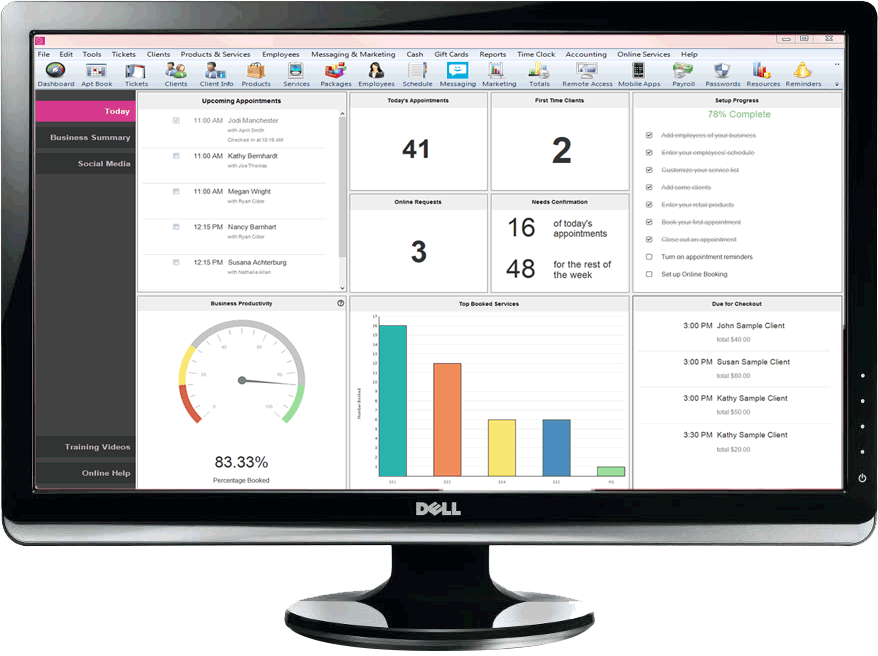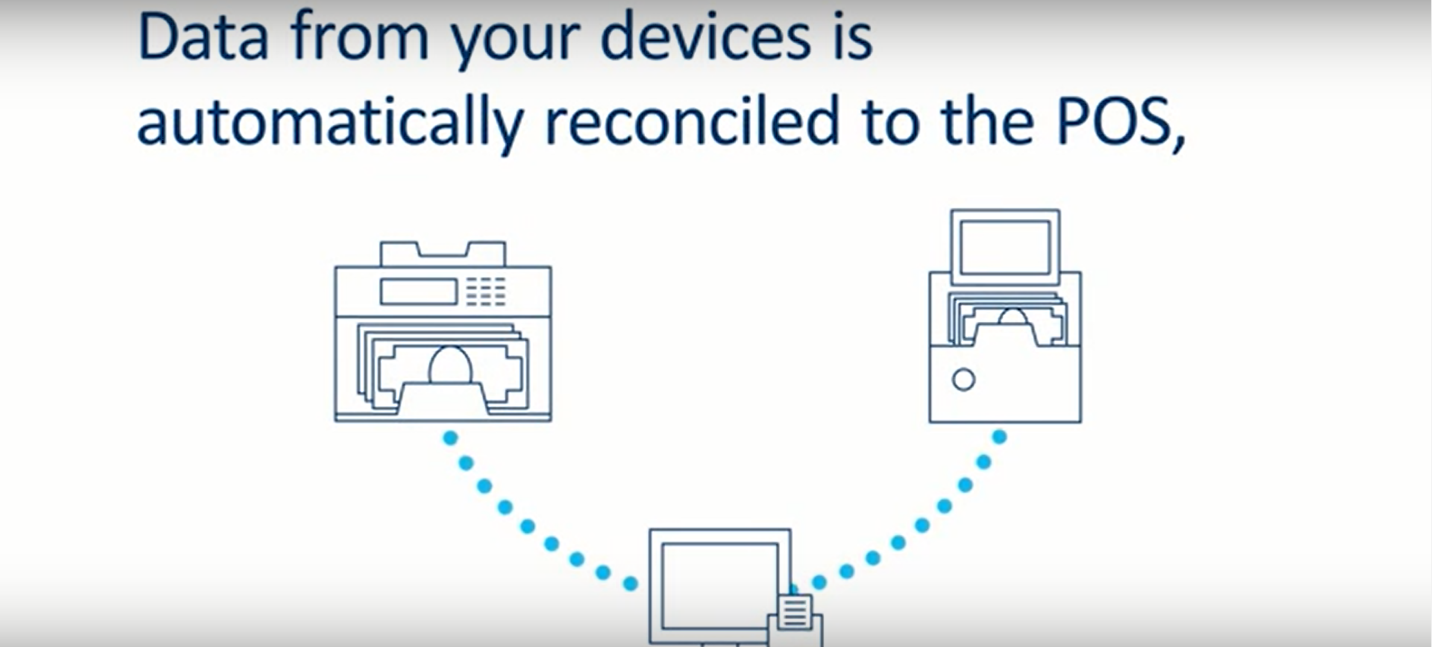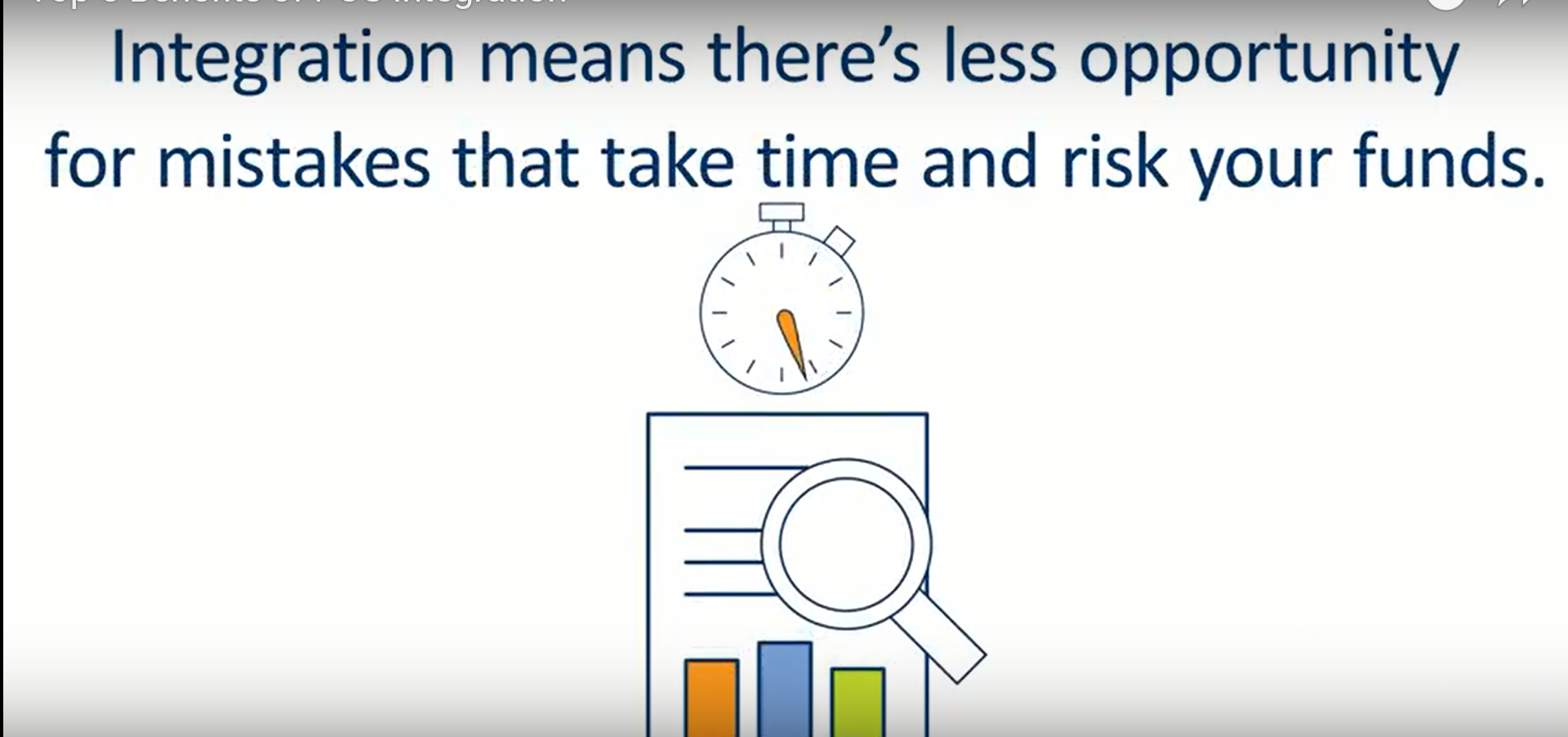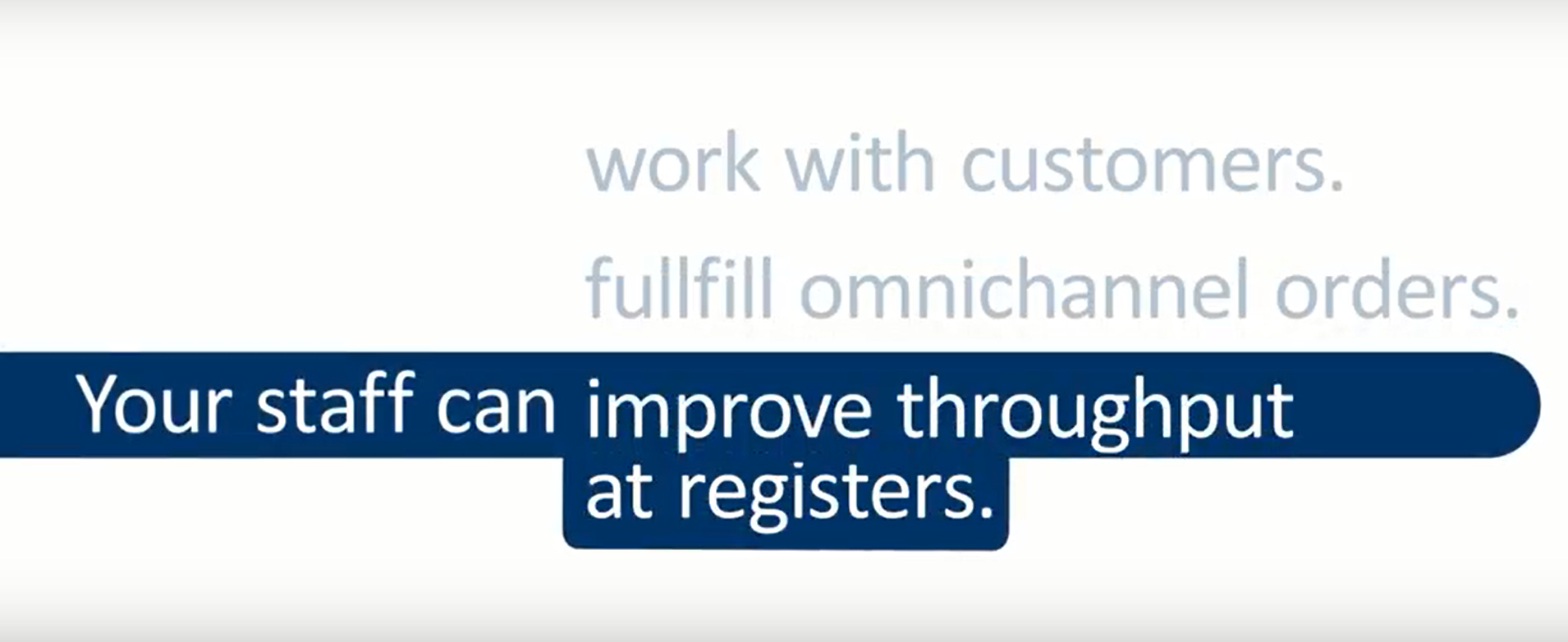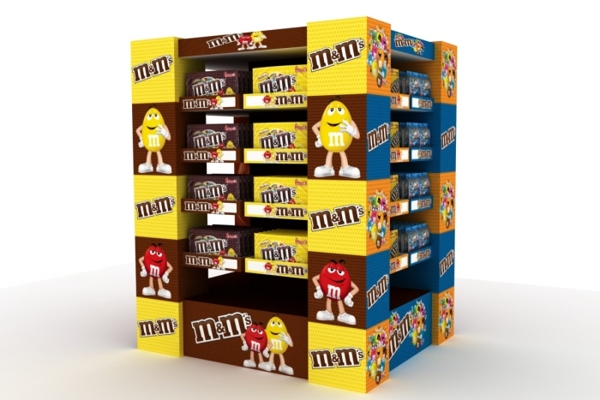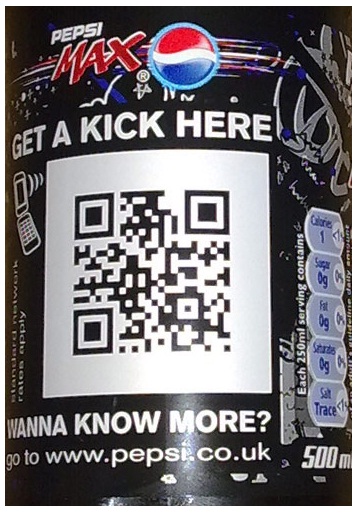At their essence, logos are made to identify. Using images, icons, marks or symbols, logos identify companies or products in the most basic way, so that when someone views a logo, they can link it with the brand it represents.
Nowadays, with so many logos in existence, it’s not hard to find examples of great or inferior logos in use. What makes the difference? What makes a logo work well? And more importantly, what can your organization do to ensure its logo represents you effectively?
Here are the main seven characteristics of a great logo.
A great logo sets itself apart.
In today’s cluttered marketplace, finding a way to stand out amongst the competition can seem challenging, but the idea here is to be different than your competitors. Without a distinct logo design, you may find potential clients and customers having a hard time recognizing your brand, confuse you with another company and most importantly, end up going to a competitor rather than choosing your products or services.
A great logo is streamlined.
Because the logo should be easily recognizable, it should be simple – a lightning-fast way for users to notice and remember your brand. A complicated logo will not only be difficult to reproduce and maintain, but it will also fail to engage audience. The logo is the ultimate ‘elevator’ pitch to your potential clients and business partners. You don’t have time to recite your entire business plan in an elevator pitch, and the same concept applies to corporate logo design.
A great logo is designed for various applications.
A great logo can be printed in different sizes, across different mediums, and in different applications without losing its power. Graphics must be versatile enough that they can be used in many different mediums. A good logo must work well on the web, on a letterhead, in printed ads and even in videos. What looks great in a site banner might not work on a brochure or vice versa.
A great logo considers the industry but also doesn’t need to be obvious.
An effective logo should be appropriate, but that doesn’t mean it has to be as obvious as you might expect. McDonald’s could have gone with a juicy burger next to the name, but instead they took the first initial ‘M’ and created an icon that was both simple and visually pleasing to look at as an asymmetrical element. Whether you follow the example of McDonald’s or its competitor Burger King, who puts a hamburger in the middle of their logo design, your logo needs to be appropriate to your brand.
A great logo aims for longevity and is not trendy.
Trends come and go, and when you’re talking about changing a pair of jeans or buying a new dress, that’s fine, but where your brand identity is concerned, longevity is key.
A great logo is designed for its intended audience.
As with any business endeavor, understanding your audience is key. Whatever was the targeted industry, the logo needs to be able to connect with the people it is marketing to. The important thing a logo needs to do is to speak to the targeted audience. If you run a children’s toy store, it’s not crucial to have an image of a toy in your logo or to have the word ‘toys’ in there either. What is more important is to use a color scheme or font that is childlike and appeals to kids.
A great logo leaves an impression and is unforgettable.
A great logo will remain memorable enough that a person who has only seen the logo once should still be able to recall it enough to describe the logo to someone else. This is not the easiest of qualities to impart, but it is certainly a high ranking one.
H.A. Consultancies has been helping clients all over Bahrain, Oman, Saudi Arabia, and the UAE in developing their brand identities and marketing strategies. For help on designing the best logo for your business, feel free to contact us on [email protected] or contact any of our offices.

